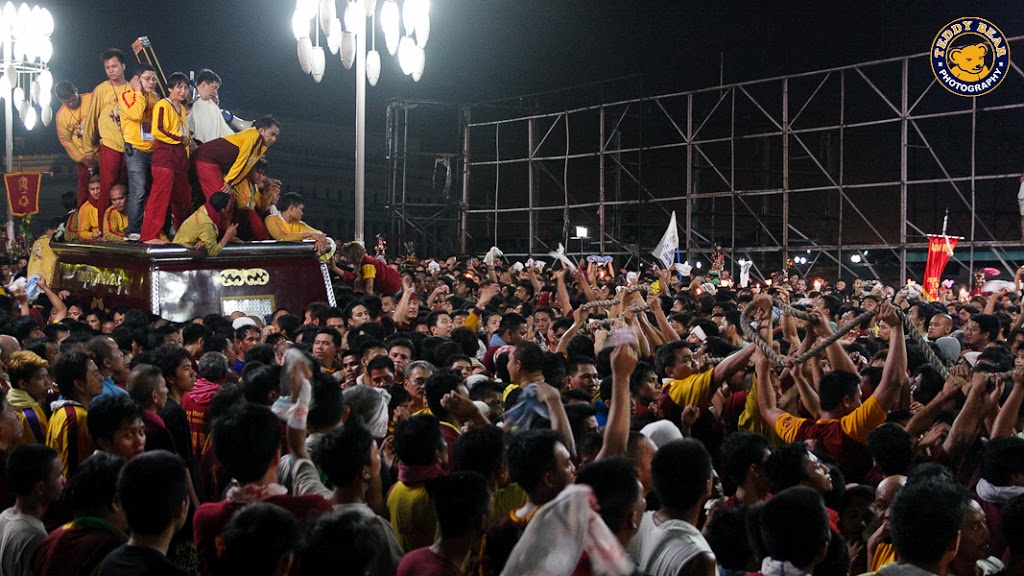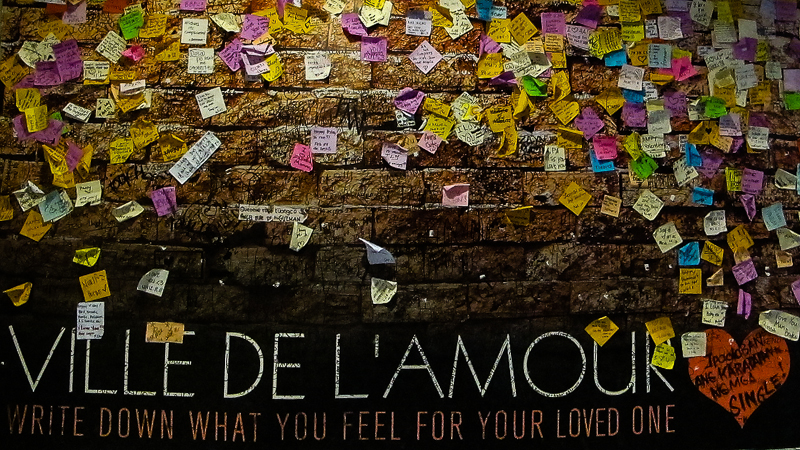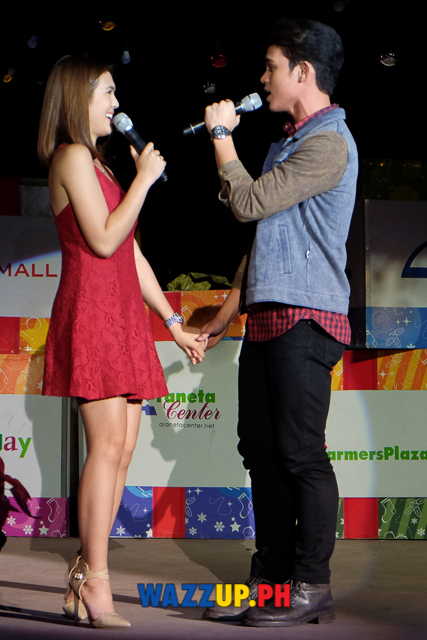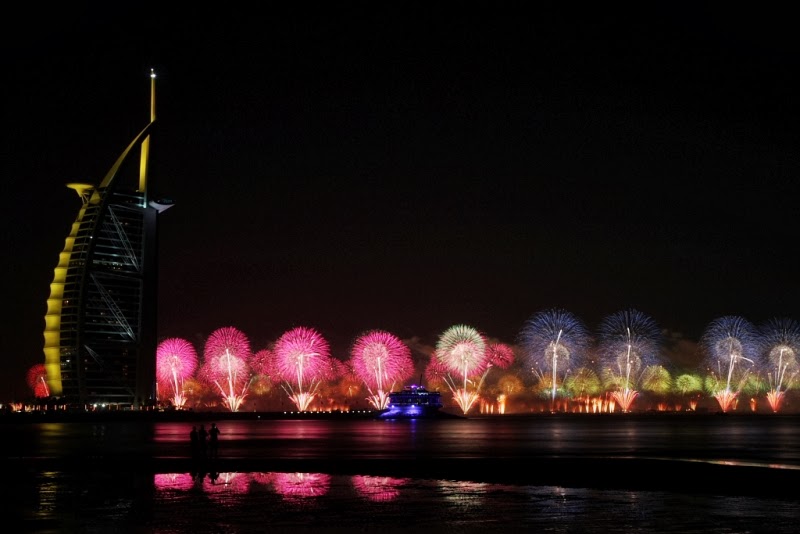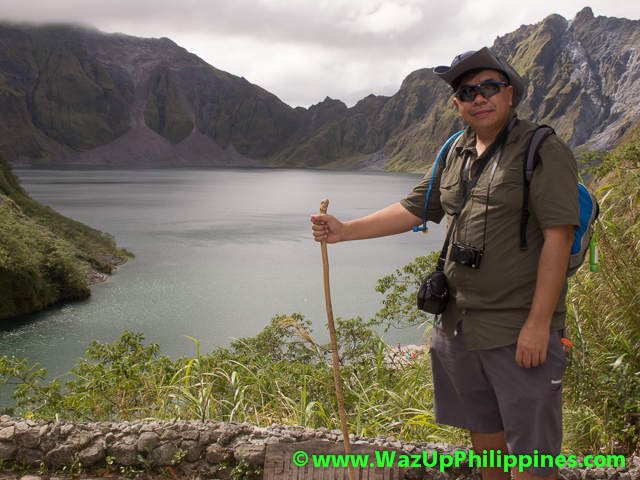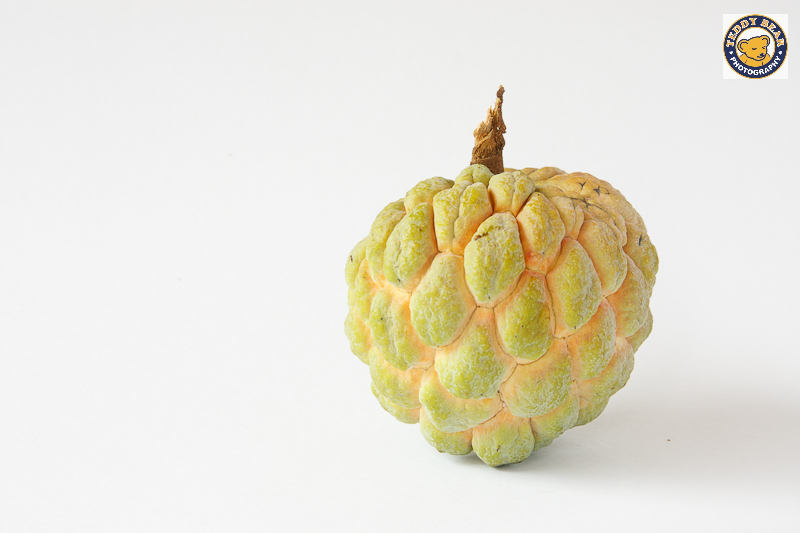
Using Available Light
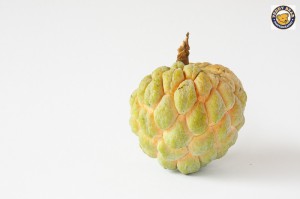 |
| Exif: f/11 at 1/8 sec, ISO 100 |
I decided to pick this ripping Sugar Apple from the tree at home before the birds or the bats eat it. I have to wait for 2 days before it gets ripe for eating. For the meantime, I decided to photograph it to illustrate a simple low cost setup for food or product photography as my first entry to this blog!
The light source was the diffused light during a cloudy day shining through the garage as seen in the photo below. This type of available light is a great source of soft directional lighting that brings out texture of the subject with soft shadows which is ideal for most food or product photography scenarios.
The camera was placed so that the subject is lit from the left side. Side lighting creates shadows that makes the subject look more 3 dimensional compared to front lighting that make it flat.
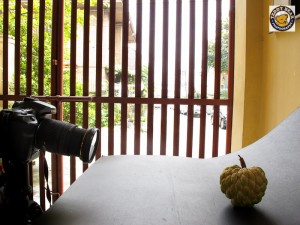 |
| Soft directional lighting coming from outside the garage |
For the “studio” setup, I used the following:
- 30″x20″ illustration board as a seamless base & background
- 2 pcs 14″x10″ illustration board as fill-in card
- Plastic folder case as holder/stand for the fill-in cards
- Bulldog clips to hold the boards
- Washing machine as table top (This will remind me later that I have to do the laundry after the shoot)
I mounted the camera on the tripod and shot tethered using Adobe Lightroom.
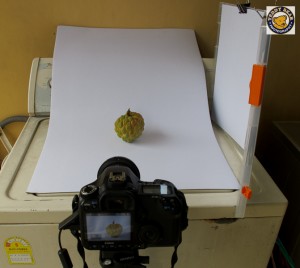 |
| The “Studio” Setup |
I shot another photo without using the fill-in card. The photo below is the one without fill and the one after it is the one with fill (same as 1st photo above) for easy comparison.
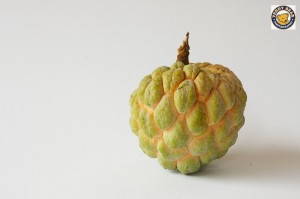 |
| Without Fill (Above) With fill (Below) |
- Without fill, the shadow of the fruit is darker
- With fill, the right side of the fruit is more even to the left side
I like both of the photos, with or without fill. It’s just a matter of preference. Which do you prefer?
To adjust the amount of fill light, you can move the fill-in card farther or closer to reduce or increase the fill according to your preference. The farther the fill-in card, the less light will bounce and therefore darkening the side being filled-in.
I used the photo with the fill-in and added some text in Photoshop to make this “Fruit Card”. The 2 photos of the fruit above were not post-process much aside from the setting of the white balance, added +.5 stop exposure to lighten the background, and converted to jpg using Adobe Lightroom.
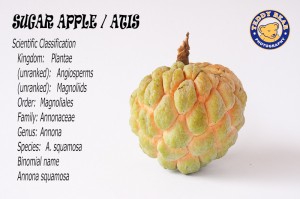 |
| “Fruit Card” |
Most food photographers prefers available lighting coming from windows or doors if available. It’s simple to setup, low-cost and effective!


